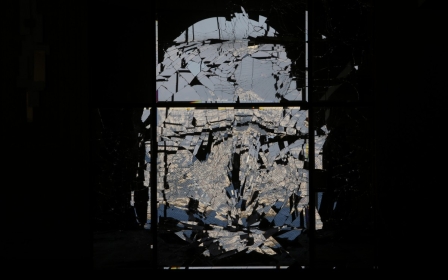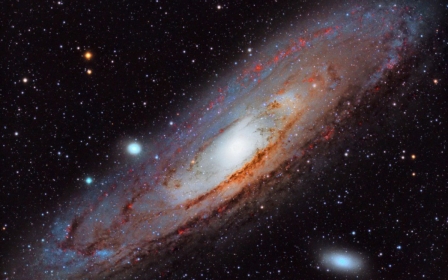
100 years of Lebanon celebrated in pictures
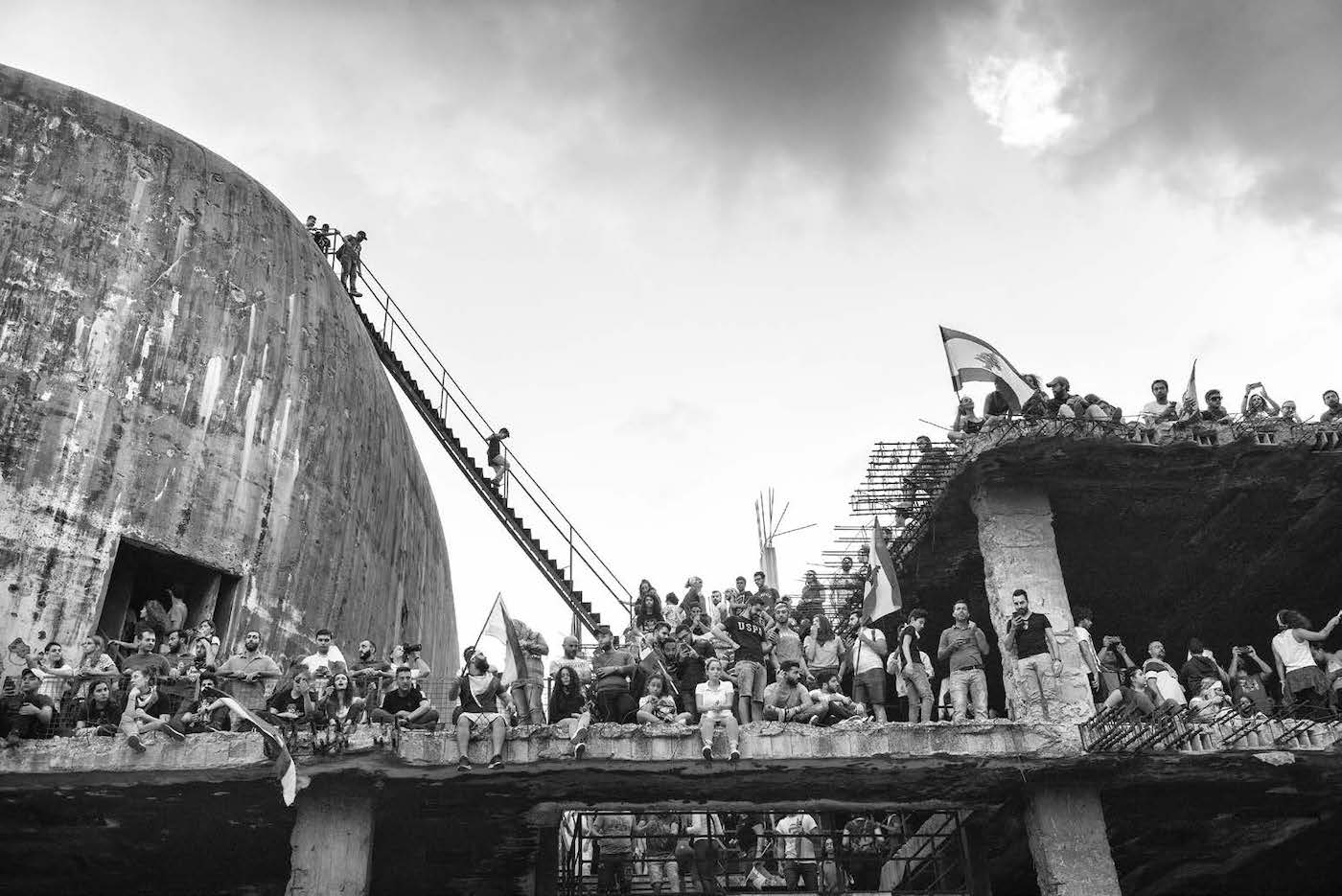
In September last year, around 30 Lebanese artists, authors and photographers were tasked with curating a unique book of photographs to mark the country’s centenary. They each selected three images that they felt captured what Lebanon meant to them across the ages, offering snapshots of the country's daily life and struggles - war, exile and destruction, but also hope.
This photo, Downtown, Beirut by Elias Moubarak, shows demonstrations held in October 2019 against the country's political establishment.
The editor of Le Liban n’a pas d’âge, 1920-2020 (Lebanon has no age 1920 - 2020) Sylvie Andreu, says the project was “driven by a sense of urgency, a testimony to how artists feel about Lebanon today”. (All images courtesy of Bernard Chauveau Publishing)
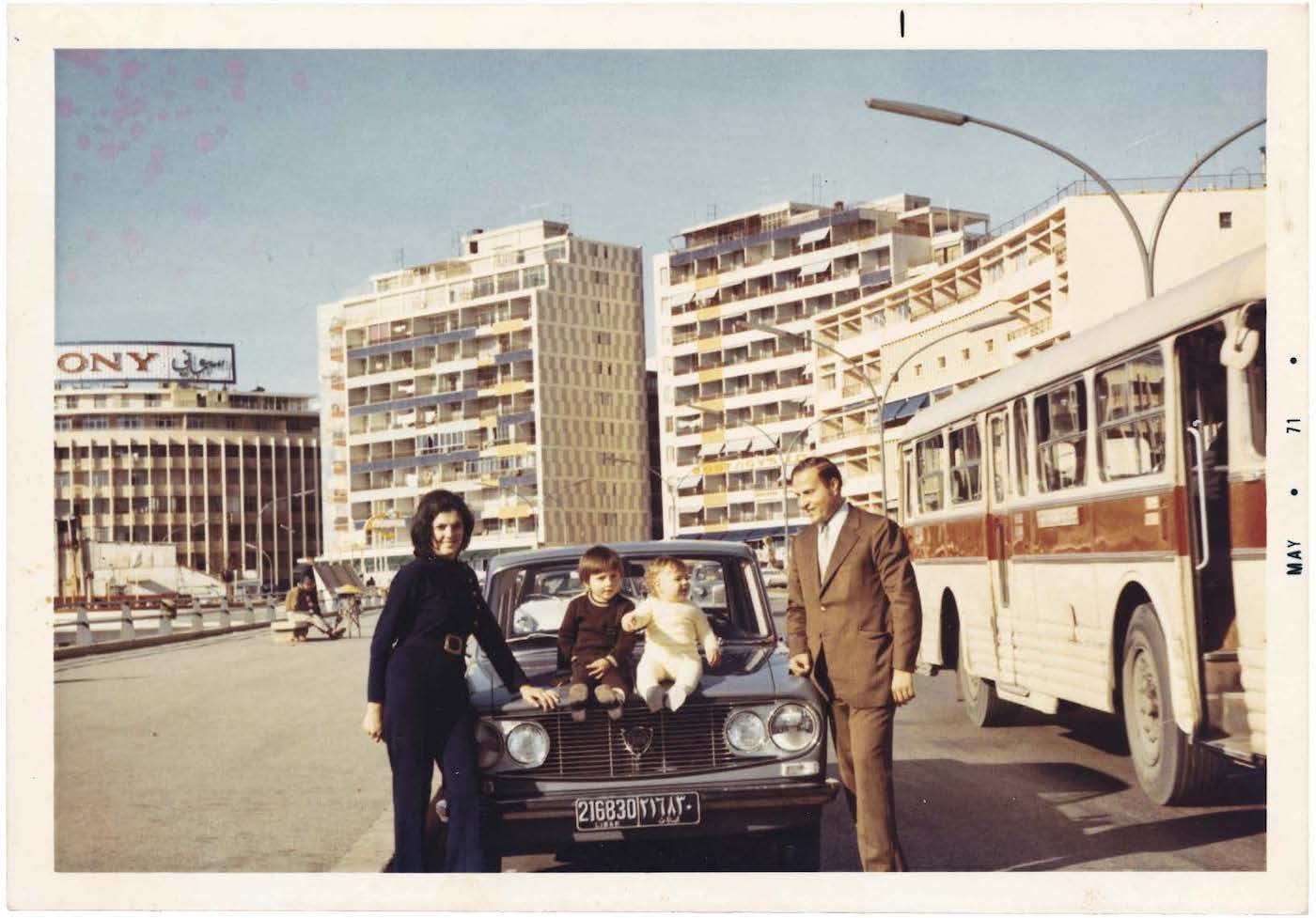
In spite of the political and social unrest that has gripped Lebanon for years, and the port explosion on the 4 August that killed more than 190 people and injured 6,500, the book was published to schedule.
Georges Boustany, a photograph collector, author and exhibition curator, selected one of his own photos (above), A family visits Raouche, in Beirut, dated May 1971, part of a treasure trove of memories. “The war, the mass departures, and all the destruction...Entire lives were chucked out onto the streets, recounted through images, archives, and personal belongings," Boustany writes in the book’s opening text. "To the point that it is hardly surprising that essential components of the national narrative are discovered in battered cardboard boxes.”

Tarek Nahas, a lawyer by profession, with a keen interest in art and photography, selected this image taken by photographer Myriam Boulos during the country’s uprising that broke out last October, demanding political reforms and shows three women - from left to right, Nour, Farah and Nour - protesting on Beirut’s Azarieh Street.
He says there is a new generation of photographers “grappling with major issues in Lebanon and, more broadly, a contemporary world in the midst of radical change.”
“They actually foreshadowed the upheavals that have been shaking Lebanon since October 2019. This is the generation and the society that Myriam Boulos explores in her photographs underlining Lebanon’s inherent fragmentation and contradictions. Her work gives voice to a generation that wants to have the chance to build a future for itself.”
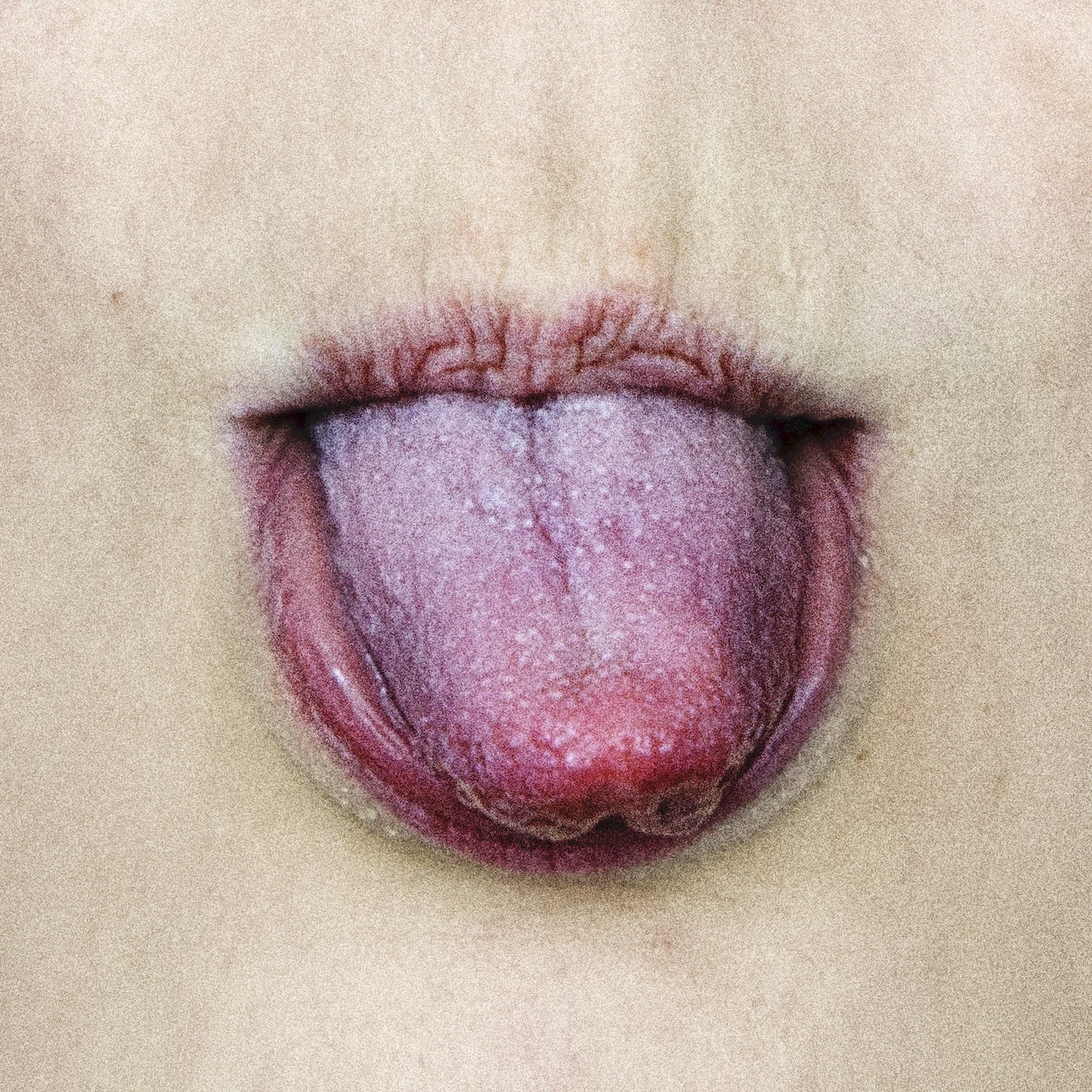
“Considering that sticking the tongue out is one of the earliest manifestations of helpless infants, this project is symbolic of the revolutions of the Lebanese, who are sticking their tongue out at the leaders of their country to show their refusal of authority,” writes the photographer Gilbert Hage. The photo he selected (above) is from his series I hated you already because of the lies I had told you, (2011).
Another photo Beirut is back and it's beautiful (top image) is from Lebanese photographer Randa Mirza's 2010-2015 collection Beirutopia and shows an old man nostalgically gazing out at the capital.
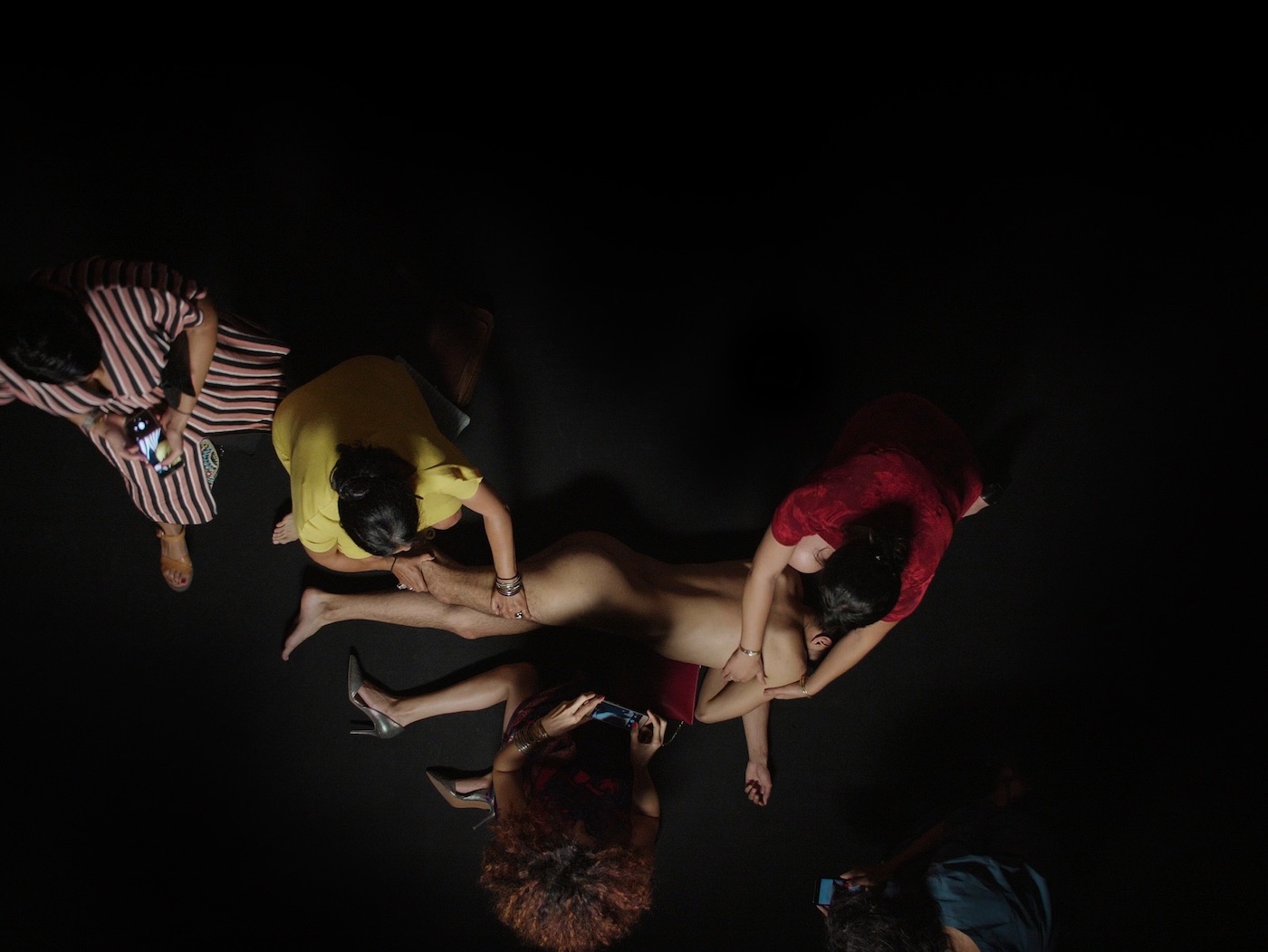
The photographer Roy Dib chose one of his own images, Hesitation, from the series Revisiting Hesitation, 2018. “We are caught in a never-ending cycle, floating over a city whose population cannot bury its loved ones,” he says. “Instead, we rehearse their funerals the night before they go into battle.”

“My work exploring Beirut nightlife is my way of looking for the reality of Lebanon," says photographer and video artist Cha Gonzalez, whose photo 8:07 pm, Hamra, (August 2009) is shown above.
“Through the breaches, beyond the cliches and superficial appearances, are people, the men and women who experienced the war and who for a brief moment at a party expose a facet of their inner world. A moment giving shape to resilience, excess, escape and abandon,” adds Gonzalez, whose project titled Abandon was a finalist for the Virginia Prize for Women.

“Amneh al-Sharqawi, a Palestinian woman, is sitting on a bed in the missing persons tent in downtown Beirut. She is holding a picture of her son, Ahmad. Ahmad was abducted from his home by members of the Lebanese militia [during Lebanon's civil war],” recounts photographer Dalia Khamissy about her photo above, from her series The Missing of Lebanon, (2010).
“He was twenty-one and married, and his wife was expecting their second child. His mother travelled to Lebanon and Syria, where she was unable to obtain information on his whereabouts. Amneh died on 13 July 2017, without ever finding out what happened to her son,” says Khamissy, whose work is focused primarily on forced disappearances in Lebanon.

This photo, Underbelly 1, (2017) is by doctor and artist Lara Tabet, whose work explores war-related trauma in Lebanon. “Underbelly is a photographic installation that follows the footsteps of an imaginary serial killer in Beirut," Tabet writes. "The work is loosely inspired by Roberto Bolano’s novel 2666, which recounts the murder of 112 women in Santa Teresa [Mexico] and the failed police investigation that follows...I explore the city suburbs at night to capture a portrait of Beirut through the fiction of these unsolved murders."
Hers is just one of a mesmerising array of works showcased as part of the photobook project, the timing of which, Andreu says, was simply an impetus to celebrate Lebanese talents: “Lebanon doesn’t need a centennial to prove itself to the rest of the world.”
This article is available in French on Middle East Eye French edition.
Middle East Eye delivers independent and unrivalled coverage and analysis of the Middle East, North Africa and beyond. To learn more about republishing this content and the associated fees, please fill out this form. More about MEE can be found here.


